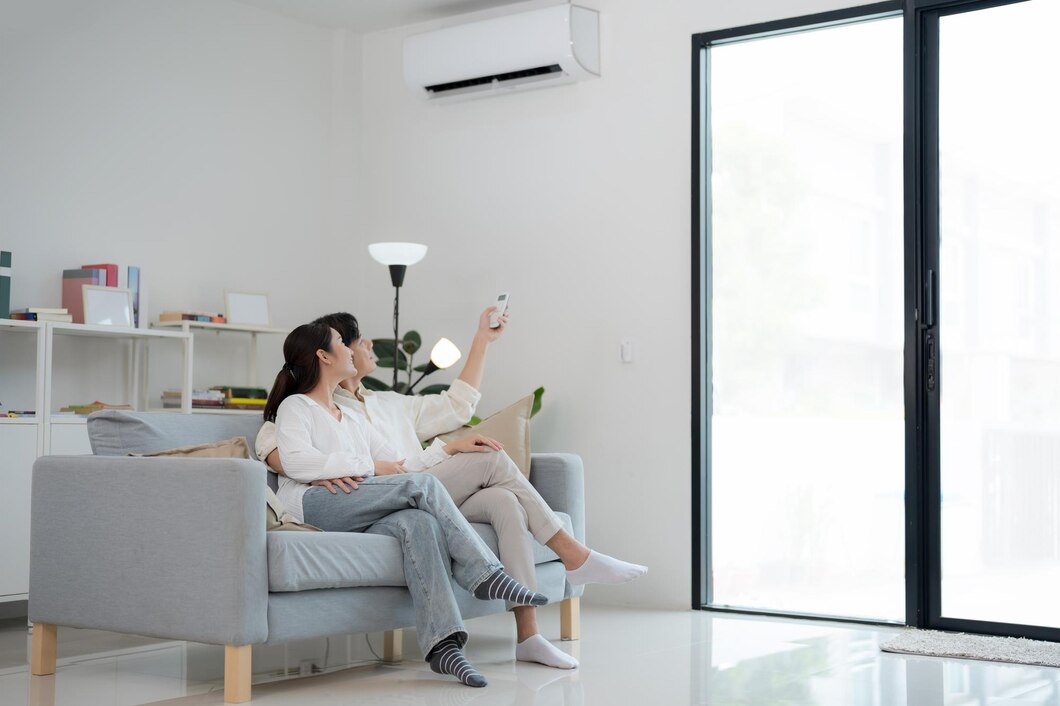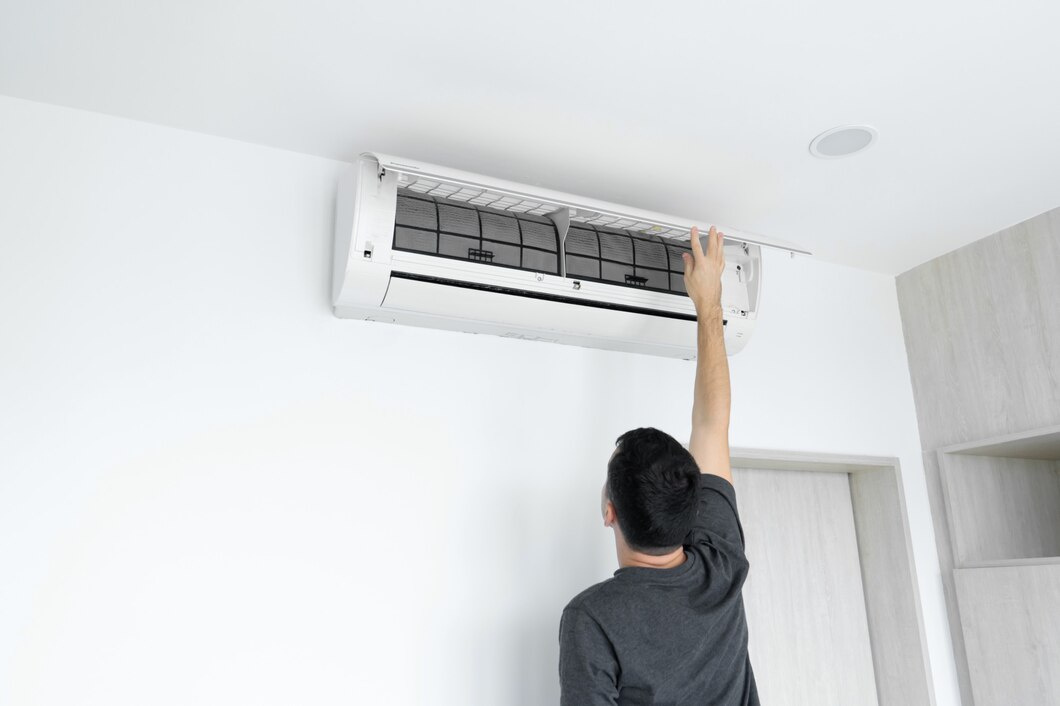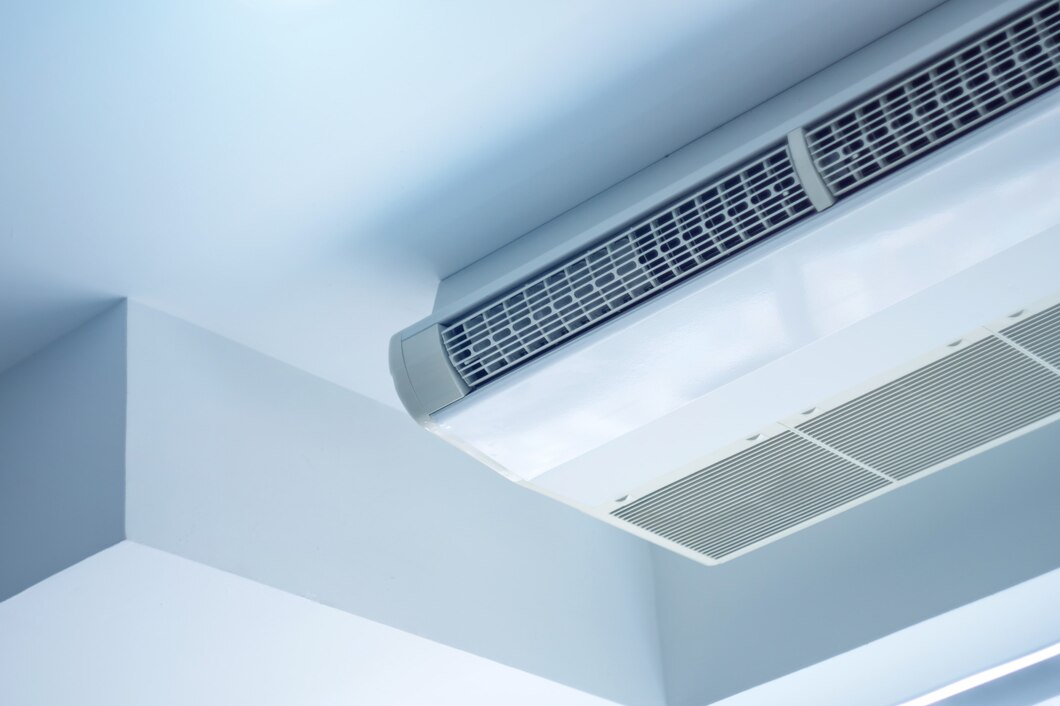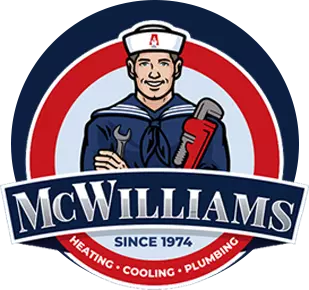Blog
Introduction
Make Fall and Winter Energy-Saving Tips Work for Your Household. Now is the perfect time to go over some fall and winter energy-saving tips, so your household will be well prepared for fall and winter.
Seal The Envelope
 Drafts: Look for and seal air leaks in the house before winter winds blow. Likely areas include electrical outlets and utility penetrations or plumbing pipes, around cupboards and chimneys, and around doors/windows.
Drafts: Look for and seal air leaks in the house before winter winds blow. Likely areas include electrical outlets and utility penetrations or plumbing pipes, around cupboards and chimneys, and around doors/windows.- Insulation: Check the condition of your insulation, adding it if necessary in areas where the material is inadequate or has settled. Insulate ducts for energy efficiency and pipes to prevent freezing.
- Energy Audit: Get a professional to inspect your home for areas where energy efficiency could be improved. A trained energy auditor locates air leaks and other problems using specialized equipment. You’ll get a prioritized list of energy-efficient repairs and upgrades. Your HVAC contractor will be able to handle many of the repairs as well.
Heating The House
- Air Filters: Replace your furnace filter before winter begins and change monthly during heavy use. This is one of the fall and winter energy-saving tips that protect HVAC equipment and helps improve indoor air quality.
- Professional Inspection: Now is the ideal time for preventive maintenance. Talk to your local HVAC contractor for a heating system tune-up.
- Duct System: Your home comfort technician should also check your ductwork and seal any leaks. Hidden duct leaks can waste up to a third of your conditioned air (heated or cooled), which makes duct sealing extremely cost-effective.
- Heating Vents: Make sure that room registers and grilles are clear of obstructions from furniture, curtains, and rugs.
- Humidity Control: Consider a whole-home humidifier to avoid dry air in the winter.
- Programmable Thermostats: Use the set-it-and-forget-it method of reducing energy bills. Pre-program your schedule – and get automatic thermostat set-backs according to your schedule. This makes reducing energy usage while you’re sleeping or at work/school completely automatic.
Fireplace
- Venting: If you have a fireplace, check the venting system and have your chimney cleaned. You will save on energy bills and improve indoor air quality as well as home safety. Check appliance vents too; they should be directly vented to the outdoors.
- Dampers: Keep the dampers closed anytime you’re not using the fireplace. An open damper is like having a window open; warm air goes right up the chimney and outdoors. When using the fireplace, open dampers in the firebox (if applicable). Otherwise, leave a window open nearby – about an inch. Close the door(s) to the room you’re warming.
Water Heating
- Tank Insulation: If you have a traditional storage-tank water heater, add an insulating jacket or blanket to the tank so that keeping the water stored inside hot will require less energy. This isn’t only on the list of fall and winter energy-saving tips, however. Be sure to keep the insulation blanket on the tank year-round. (Newer water heaters usually come pre-insulated.)
- Water Temperature: Turn the water heater’s setting to 120 degrees. This can protect you, and especially children, from being accidentally scalded, and you’ll save energy, too.
Windows
- Natural Heat: Let the sunshine in and enjoy some free heating. On sunny days with little wind, keep blinds open, shades pulled up and drapes pulled back on the sunny side of your home. Close everything when the sun goes down to keep heat in.
- Window AC: Remove or seal and cover window units. Use an insulated jacket for each air conditioner and seal air out around the edges with caulk. This will protect the A/C from the elements, keep warm, heated air in the house, and prevent cold drafts.
- Air Leakage: Prevent heat loss this winter by filling cracks around windows with caulking and weatherstripping.
- Storm Windows: Low-E (emissivity) storm windows offer a low-cost alternative to total window replacement.
Winter And Holiday Lighting
- String Lights: Use LED lighting strings during the holidays, to decorate your home.
- Halogen: Halogen bulbs use much less energy than incandescent light bulbs. Light up your landscaping or garden, driveway and walkways without excessive energy use.
- Timers: Use timers or motion sensors for energy-efficient external lighting.
For additional fall and winter energy-saving tips and complete HVAC services in the Lufkin, Nacogdoches, and Crockett area, contact the professionals at McWilliams Heating, Cooling and Plumbing. Remember this article Make Fall and Winter Energy-Saving Tips Work for Your Household.
Share This :
Emily
Table of Contents
Discover New Blog Posts
A well-functioning air conditioning (AC) system is essential for maintaining home comfort, especially during the warm months in places like Splendora. When your AC unit […]
The summer heat is right around the corner, and with it comes increased use of air conditioning systems in Shepherd. A well-maintained AC condenser unit […]
Air conditioning systems have become an essential part of modern living, providing much-needed comfort during the warm months. In Cleveland, where temperatures can rise significantly, […]






 7
7 
